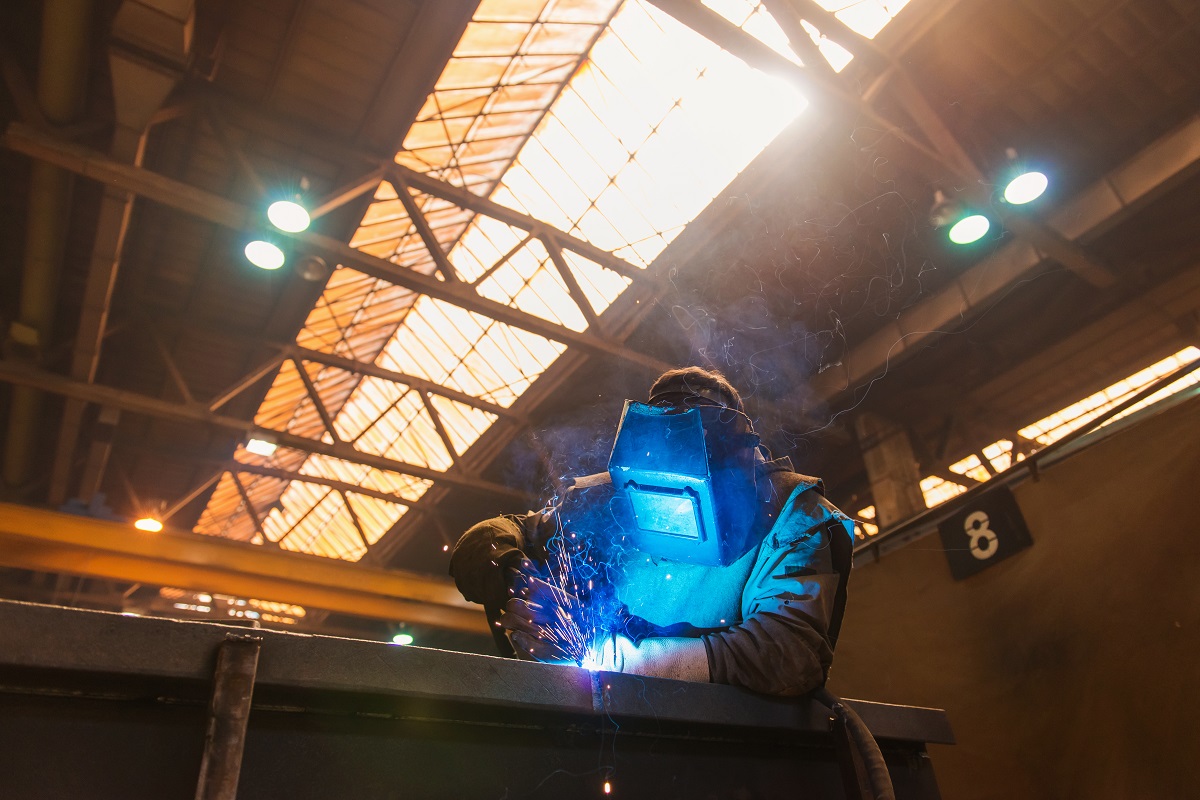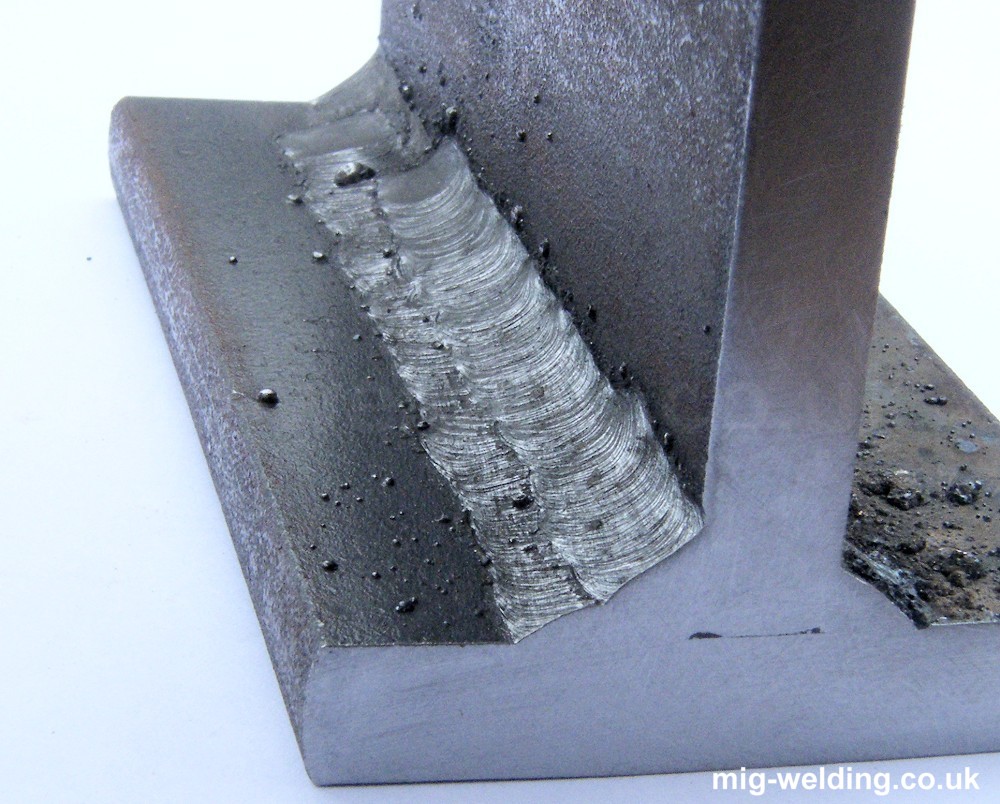Preventing Weld Undercut Made Easy: Trick Techniques Revealed
Preventing Weld Undercut Made Easy: Trick Techniques Revealed
Blog Article
Necessary Tips for Welders: Protecting Against Undercut Welding and Ensuring Stronger Weld Joints
In the world of welding, achieving strong and long lasting weld joints is the foundation of generating top notch job. One usual difficulty that welders typically run into is undercut welding, which can endanger the stability of the weld joint.

Understanding Undercut Welding
Undercut welding is a typical welding defect that takes place when the weld metal falls short to correctly load the groove and causes a groove-like clinical depression along the weld grain. This defect weakens the weld joint, making it vulnerable to fracturing and failing under stress. Damaging can be brought on by numerous factors, including too much welding existing, high welding speed, improper electrode angle, wrong electrode size, and poor welding method.
One of the main reasons for undercut welding is a discrepancy between the welding current and the welding speed. If the welding current is expensive or the welding speed is also quickly, the weld steel might not sufficiently fill the groove, resulting in undercutting. Furthermore, making use of an electrode that is as well big can result in a comparable outcome, as the excess metal can not correctly move into the groove.
To stop undercut welding, welders ought to guarantee they are making use of the correct welding specifications, maintain an appropriate electrode angle, choose the suitable electrode dimension, and technique correct welding methods. By addressing these factors, welders can lessen the threat of undercutting and develop more powerful, much more dependable weld joints.
Proper Welding Technique
Effective welding technique plays a critical role in guaranteeing the top quality and honesty of weld joints. Correct welding technique includes a mix of adherence, accuracy, and skill to ideal methods. One essential aspect of correct welding method is preserving the appropriate angle and range between the welding gun and the work surface. Welders must additionally pay very close attention to the travel speed and warm input to stop issues like damaging, porosity, or insufficient blend.
In addition, a steady and constant hand activity is necessary for developing strong and long lasting weld joints. Welders should intend for smooth, consistent movements to make sure even circulation of the weld product. Appropriate control of the welding gun and filler material is also essential to attaining optimal penetration and fusion.
Additionally, controlling the warmth input and picking the proper welding parameters based upon the material being welded are essential variables in achieving top quality welds - Preventing weld undercut. Welders should follow the recommended settings provided by welding procedure specs and adjust them as needed based upon the details demands of the job. By understanding correct welding strategies, welders can considerably boost the toughness and dependability of their weld joints
Picking the Right Electrode
Keeping the appropriate angle and distance in between the welding weapon and the work surface is essential when taking into consideration the value of selecting the right electrode in welding applications. The option of electrode plays a vital duty in establishing the high quality and stamina of the weld joint. Electrodes are available in different kinds, each made for particular objectives and products.
Firstly, picking the ideal electrode diameter is necessary. Thinner electrodes appropriate for welding thin products, while thicker electrodes are better for thicker materials and higher heat applications. Matching the electrode size to the density of the work surface helps achieve a balanced weld.
Secondly, understanding the material composition of the electrode is crucial. Different electrodes are made for welding specific products like steel, stainless steel, light weight aluminum, or cast iron. Using the right electrode material guarantees good combination and minimizes the risk of problems in the weld.
Finally, thinking about the welding placement and strategy is crucial when choosing the electrode type. For example, specific electrodes are much better fit for vertical or overhead welding positions, while others work well for level or straight settings. Choosing the right electrode based on the welding technique enhances the overall weld top quality and stability.
Preparing the Base Metal
To ensure a successful welding procedure, what initial actions should be taken when preparing the base metal for welding? Furthermore, any type of existing weld product or deposit from previous welding must be gotten rid of to make certain a tidy surface area for the new weld.

Carrying Out Post-Weld Inspections

After performing these assessments, welders should compare the outcomes versus sector criteria and project requirements to guarantee that the weld joint satisfies all needed standards. Any kind of deviations or inadequacies found during the post-weld assessment must be immediately resolved via ideal rehabilitative actions to assure the weld's honesty. By diligently performing post-weld inspections and promptly addressing any kind of concerns, welders can maintain the high quality and dependability of their work, ultimately adding to the safety and security and durability of the welded structures.
Conclusion

Finally, stopping undercut welding and making sure stronger weld joints call for a mix of appropriate welding strategy, selecting the best electrode, preparing the base steel appropriately, and carrying out post-weld inspections. By recognizing the root causes of undercut welding and executing the essential safety measures, welders can produce high-quality weld joints that fulfill industry criteria and make sure the structural stability of the welded elements.
Undercut welding is a common welding flaw that occurs when the weld steel fails to appropriately fill the groove and results in a groove-like clinical depression along the weld bead (Preventing weld undercut). Damaging can be created by different variables, including too much welding current, high welding speed, inappropriate electrode angle, incorrect electrode dimension, and poor welding click to find out more method
One of the main reasons for undercut welding is an inequality between the welding present and the welding rate. If the welding current is too high or the welding speed is also fast, the weld metal might not adequately fill up the groove, leading to damaging.Keeping the correct angle and distance in between the welding weapon and the work surface is fundamental when thinking about the relevance of choosing the best electrode in welding applications.
Report this page